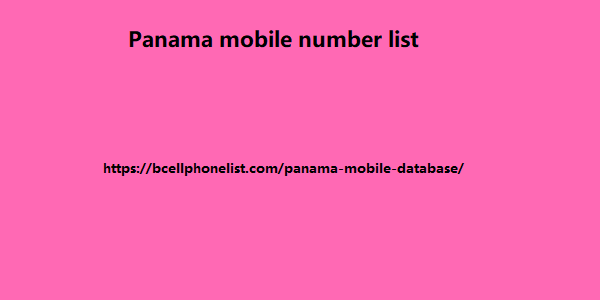Post by yamanhosen5657 on Mar 6, 2024 6:30:01 GMT
Employees find work more meaningful after they've been with you for a long time, or if your company has a good onboarding process that makes new hires feel that what they do matters. Setting up these views and analyzing them takes time—and requires some skills in statistics—but it's possible to do in QuestionScout without plugging the data into another app. Start from 48 form templates and 42 design themes, and keep them as they are or break them completely with the full customization available on the visual editor. The sharing options are in line with the basics, with sharing via link, QR code, email, or via Facebook/Twitter/LinkedIn. As for notable extras, QuestionScout lets you connect analytics tools and payment platforms to enable shopping on your forms.
And when you're ready to publish your first form, connect QuestionScout with Zapier to send that data wherever you need it to be. QuestionScout price: Plans start at $5/month Best online form builder for creating order forms Paperform (Web) Screenshot of Paperform, our pick for the best online form builder for creating order forms Paperform pros: Great Panama mobile number list design out-of-the-box Connects with Google's and Facebook's analytics tools Paperform cons: Interface takes some getting used to Paperform is another form app that's both beautiful and performance-intensive. The user interface is clean and sleek, and clicking elements on the forms feels responsive and satisfying. But satisfaction while clicking is only a small part of everything Paperform has to offer. What's attractive about it is how you can create and manage forms to take orders and make sales. When you create a form, add a Products section, then input what you're selling. You can add the name, SKU, image, price, minimum and maximum quantities, as well as the total available stock.

You can even import your product list as a CSV file to save some time. There's coupon support and custom pricing rules if, for example, you want to add an extra to each sale to offset the payment platform costs. Paperform integrates with Stripe, Braintree, PayPal Business, and Square to help you process those transactions. Creating a new form is like creating a document. You add blocks with headers, images, or descriptions, and then the input fields. As you build, you see exactly what your users will see in the end result. To change the settings on a block, just hover over it and click the cog. There are 400 form templates you can start from, but the design side of things is less robust. Instead of design templates, Paperform takes an "I'm feeling lucky" approach.
And when you're ready to publish your first form, connect QuestionScout with Zapier to send that data wherever you need it to be. QuestionScout price: Plans start at $5/month Best online form builder for creating order forms Paperform (Web) Screenshot of Paperform, our pick for the best online form builder for creating order forms Paperform pros: Great Panama mobile number list design out-of-the-box Connects with Google's and Facebook's analytics tools Paperform cons: Interface takes some getting used to Paperform is another form app that's both beautiful and performance-intensive. The user interface is clean and sleek, and clicking elements on the forms feels responsive and satisfying. But satisfaction while clicking is only a small part of everything Paperform has to offer. What's attractive about it is how you can create and manage forms to take orders and make sales. When you create a form, add a Products section, then input what you're selling. You can add the name, SKU, image, price, minimum and maximum quantities, as well as the total available stock.

You can even import your product list as a CSV file to save some time. There's coupon support and custom pricing rules if, for example, you want to add an extra to each sale to offset the payment platform costs. Paperform integrates with Stripe, Braintree, PayPal Business, and Square to help you process those transactions. Creating a new form is like creating a document. You add blocks with headers, images, or descriptions, and then the input fields. As you build, you see exactly what your users will see in the end result. To change the settings on a block, just hover over it and click the cog. There are 400 form templates you can start from, but the design side of things is less robust. Instead of design templates, Paperform takes an "I'm feeling lucky" approach.
